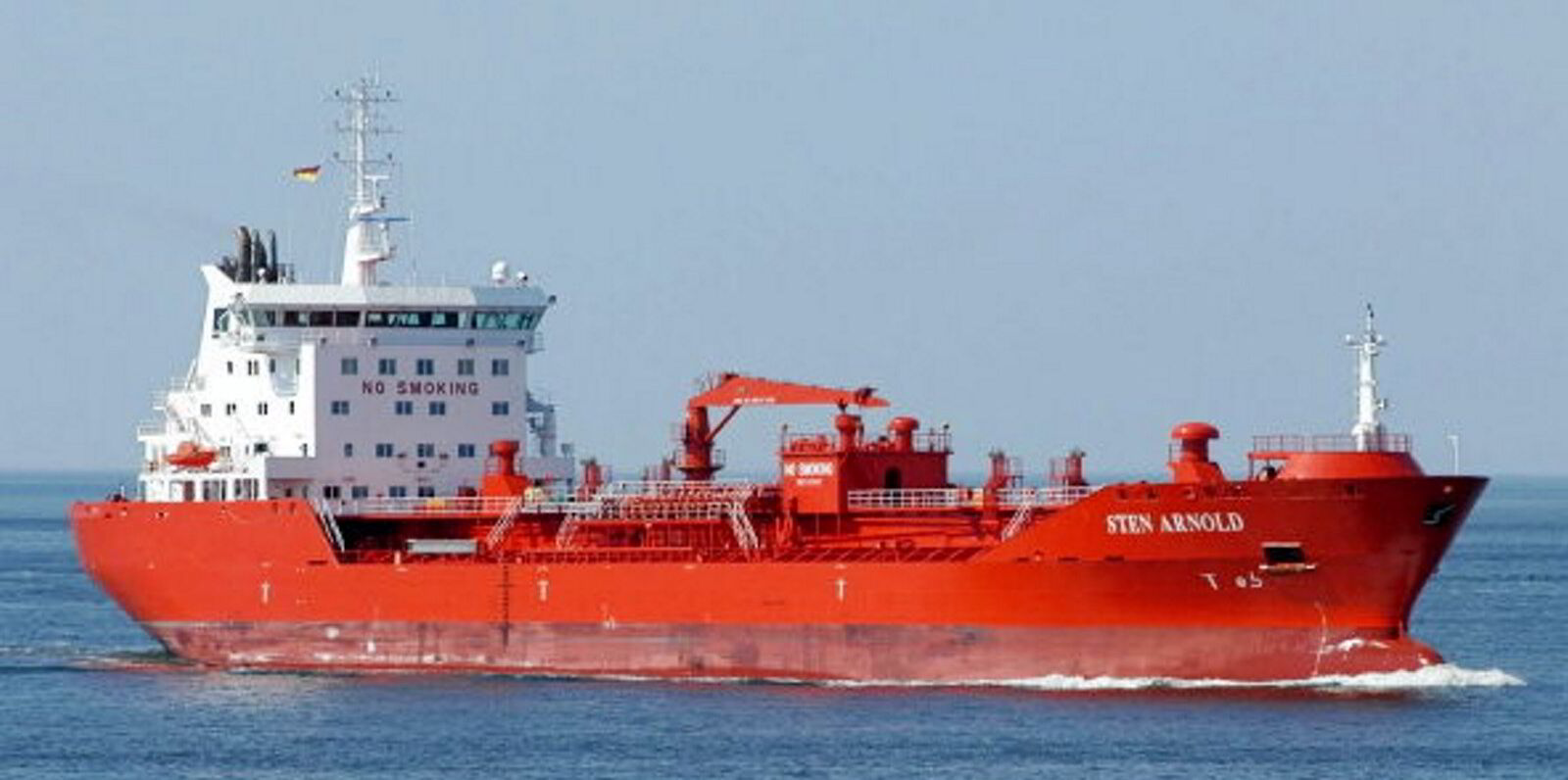There is a simple reason why Torm chief executive Jacob Meldgaard is not worried about softer macroeconomic data that has coincided with weaker product tanker spot rates in August.
It is much the same as was seen last year, he said during Torm’s quarterly earnings call on Thursday.
Analyst Jon Chappell from Evercore questioned whether the weaker spot market in August is attributable to seasonality or heralds economic headwinds, particularly from China.
The International Energy Agency (IEA) this week cut its global oil demand growth estimate for 2025, citing the impact of a weakened Chinese economy on consumption. Its 2024 forecast remains unchanged.
Meldgaard said “exactly the same” erosion in spot rates was seen last year during July, August and September — and Torm expects to see a comeback.
“It could be that it’s not seasonality and something more fundamental, [but] I don’t think that there’s something that really points to that at this stage,” Meldgaard said.
Three or four years ago, Torm considered that the transition of major economies away from fossil fuels would be a potential risk to global oil consumption, he added. But it is still too early to worry about that.
“There will be seasonality and there will be bumps, but in the broad view I don’t think this is a sign of this,” he said,
“And looking back to 2023 numbers, it was exactly the same price mechanism.”
Forward coverage
Period rates remain healthy and do not particularly reflect what Meldgaard called the “speed bump” in spot rates.
Torm will be opportunistic about how it tweaks its charter coverage relative to spot market exposure.
“Currently, we are of the expectation that this is seasonality and they [spot rates] will come back,” Meldgaard said.
“I think that’s the time to actually make those calls, rather than in the current environment.”
Torm booked $194m in net profit during the second quarter, up from $185m for the same period in 2023.
Time-charter equivalent revenue came in at $326m, rising year on year from $308m, a figure that included unrealised gains on derivatives of $37m.
Torm’s 21 LR2s earned $51,907 per day in the second quarter.
Its 10 LR1s brought in $42,338 per day and its 58 MRs averaged $38,465 per day.
Torm’s third-quarter forward bookings have been strong, with over half of its fleet covered at firm average rates.
About 75% of its LR2 capacity has a been booked at $45,332 per day this quarter so far.
Half of its LR1 capacity has been booked at $36,324 per day and 63% of its MR capacity is booked at $35,701 per day during the third quarter.
Torm issued higher guidance for annual revenue on Thursday, in response to what it expects to be a strong finish to the year.
Torm expects to earn at least $1.15bn in time-charter equivalent revenue this year overall, up from its previous minimum estimate of $1.1bn.
The top end of its annual TCE revenue guidance remains unchanged at $1.35bn.
Chinese refining
Meldgaard said that cuts to Chinese refining capacity could end up benefiting product tankers if production continues to outpace local consumption of clean products. It could mean that additional export quotas are approved, he said.
“It’s a political decision, but I think it’s stacking up that we will see more exports out of the region, rather than less exports out of the region in the coming months,” he said.
The IEA expects China’s contribution to global oil demand growth to fall to about 33% this year, compared to just over two-thirds in 2023.
Less construction and manufacturing activity will translate to lower Chinese demand for gasoil and naphtha, the IEA said. It will also mean little further expansion of China’s petrochemical industry.






